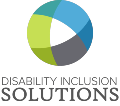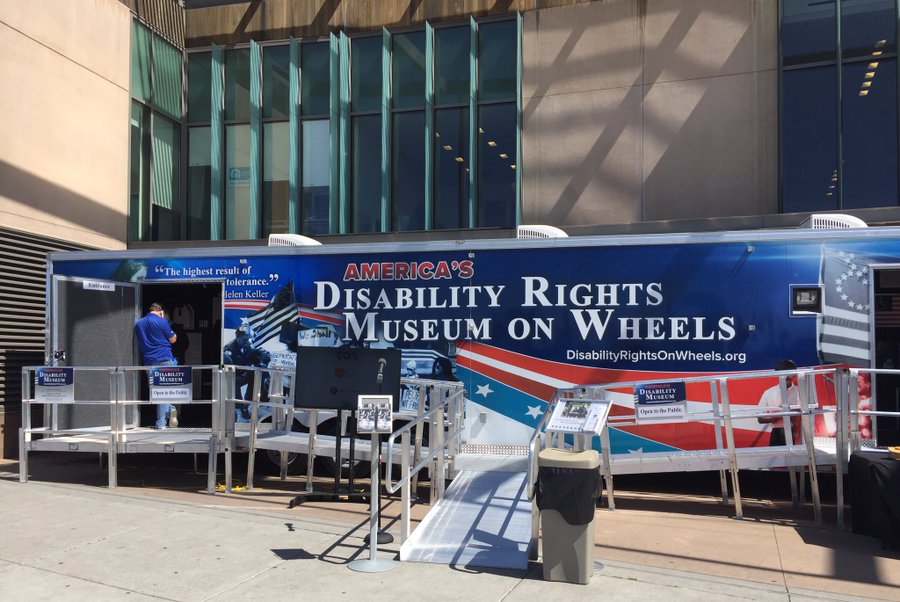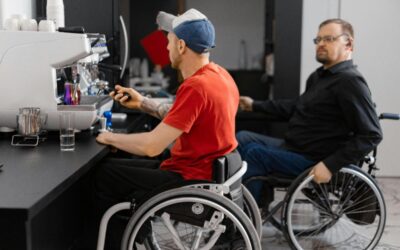This month marks the 32nd anniversary of the signing of the Americans with Disabilities Act. The ADA is an important law that helps to ensure people with disabilities have the same rights and opportunities as everyone else. It also establishes accessibility requirements for businesses and facilities. However, there’s a difference between accessibility and universal design, and it’s important to understand the distinction.
Accessibility is about making sure people with disabilities can access the same services and facilities as everyone else. It’s about providing things like wheelchair ramps, braille signage, and accessible restrooms. Universal design, on the other hand, is about designing products and spaces that can be used by everyone, regardless of their abilities. This might include features like raised buttons on a thermostat or automatic doors.
Accessibility might be about meeting the needs of people with disabilities, but it isn’t always equal and places a burden on the person with a disability. They have to:
- Call ahead to ensure an unfamiliar location can accommodate them.
- Find an accessible way into a building.
- Use special equipment that may be difficult to operate.
- Make do with services and products that are sometimes substandard.
On the other hand, universal design is not about retrofitting a space or product. It’s not about “making due.” It’s about creating products and spaces that are accessible to everyone from the start. That means examining everything from the layout of a room to the way a desk is designed. And it means making sure people with disabilities are considered and consulted every step of the way.
Universal design is about improving access and experiences for the masses. In fact, the primary focus of my company, Disability Inclusion Solutions, is to incorporate universal design into every client’s project–from media, to training, to the built environment.
Currently, we’re semi-finalists in Disability:IN’s 2022 Pitch Perfect Challenge. Thank you all for voting for us as the “People’s Choice!” In this multi-round competition, certified Disability Owned Business Enterprises (DOBEs), Service-Disabled Veteran DOBEs, and Veteran DOBEs pitched their ideas to supplier diversity corporate experts for the chance to win $10,000 in cash and in-kind prizes. The winner will be announced at the Disability:IN Conference in Dallas on July 18th. I’ll be available to talk further about the difference between accessibility and Universal Design and the Disability Inclusion Solutions pitch during the conference.






0 Comments